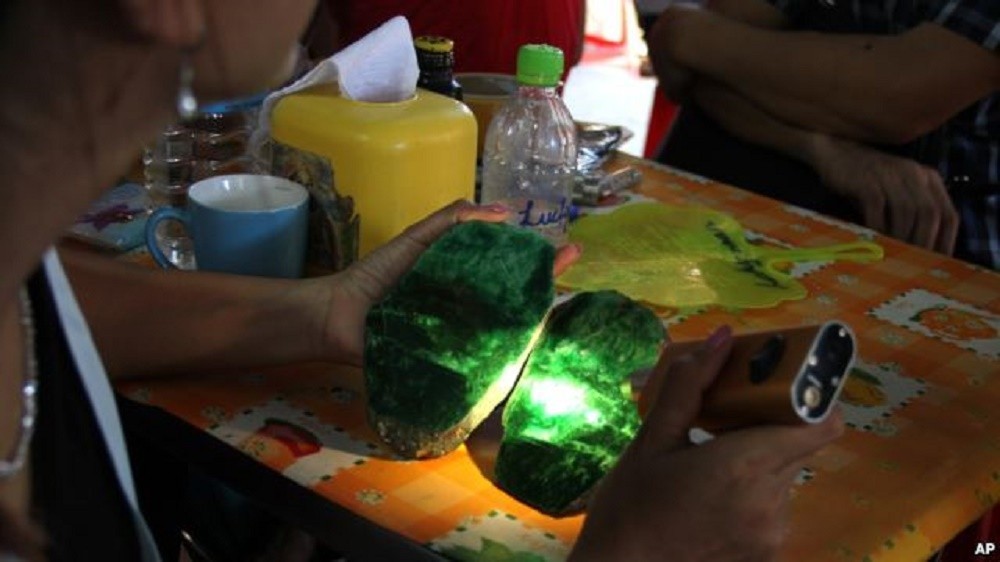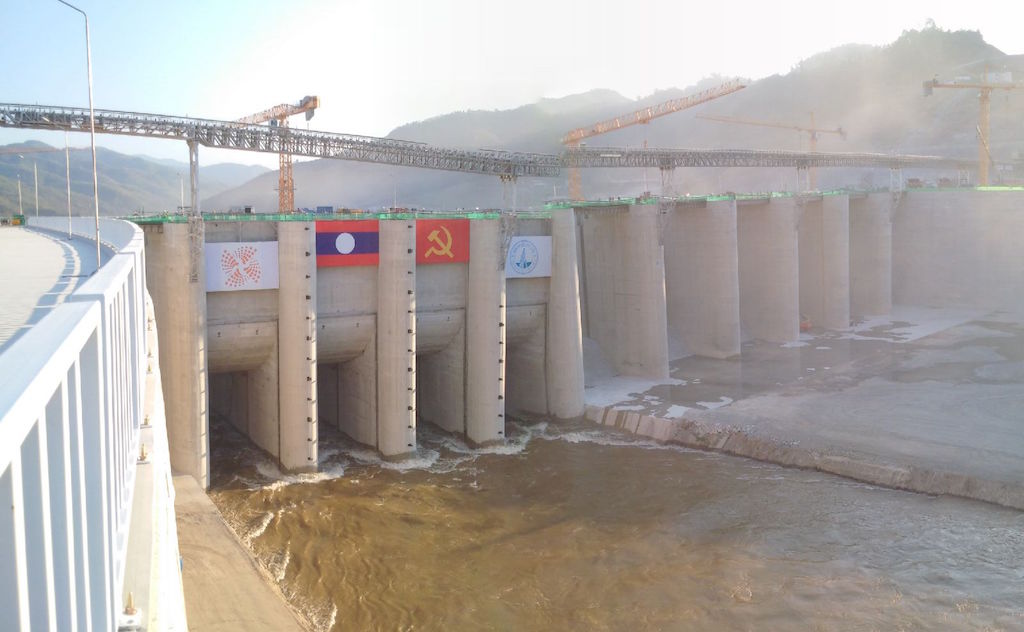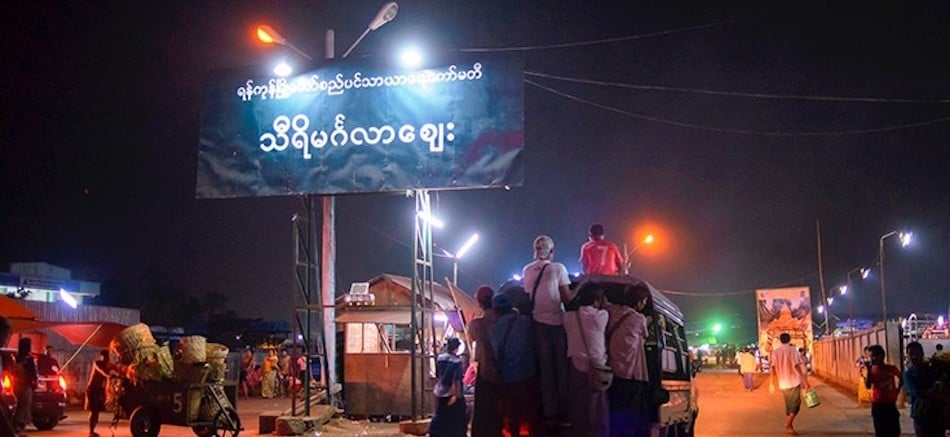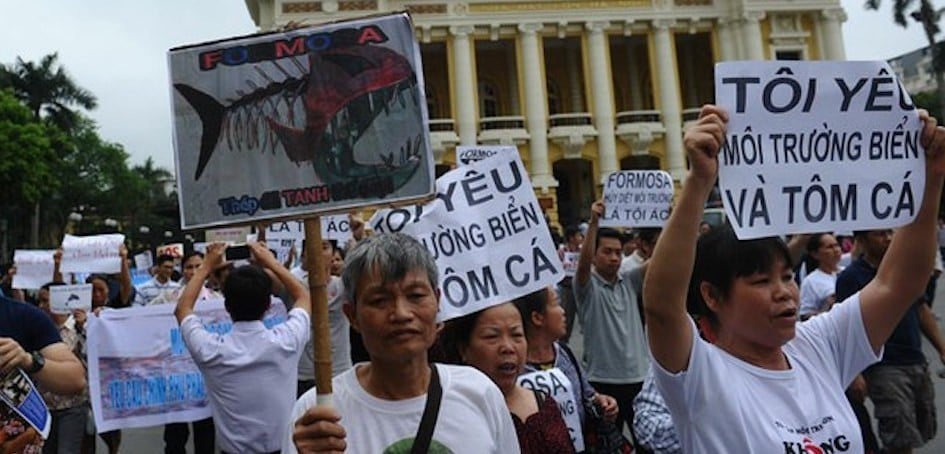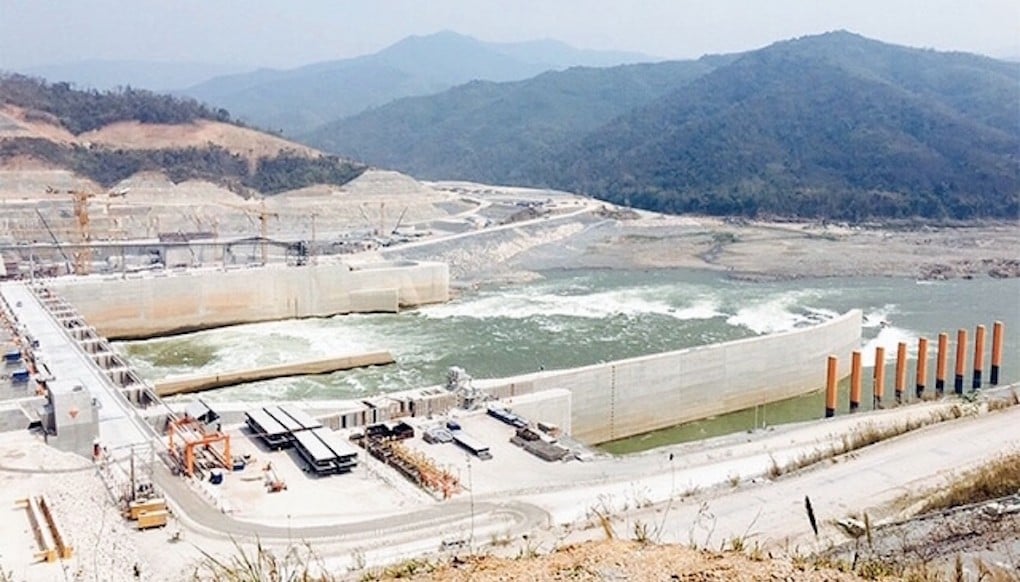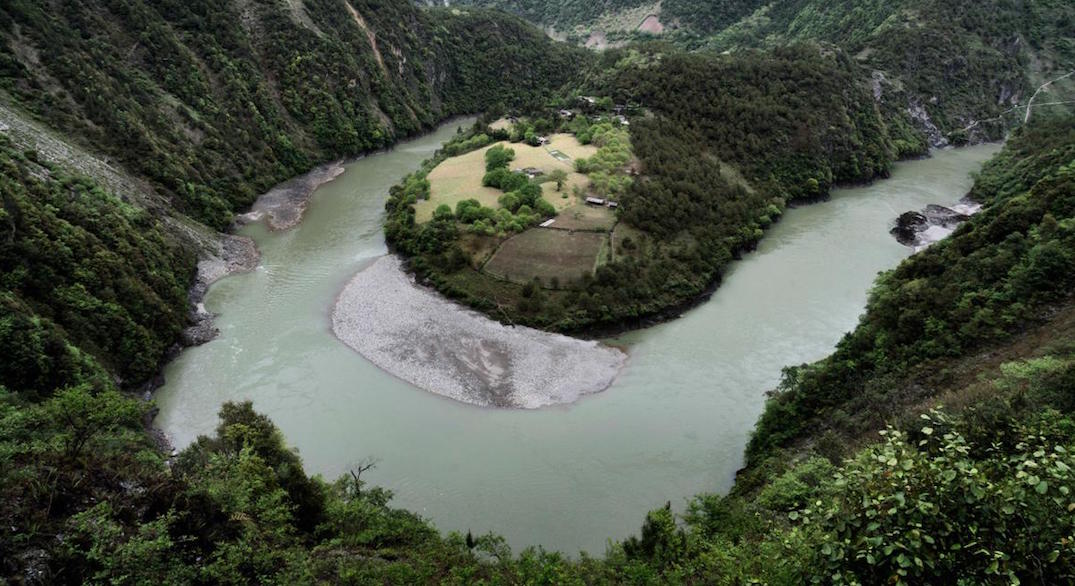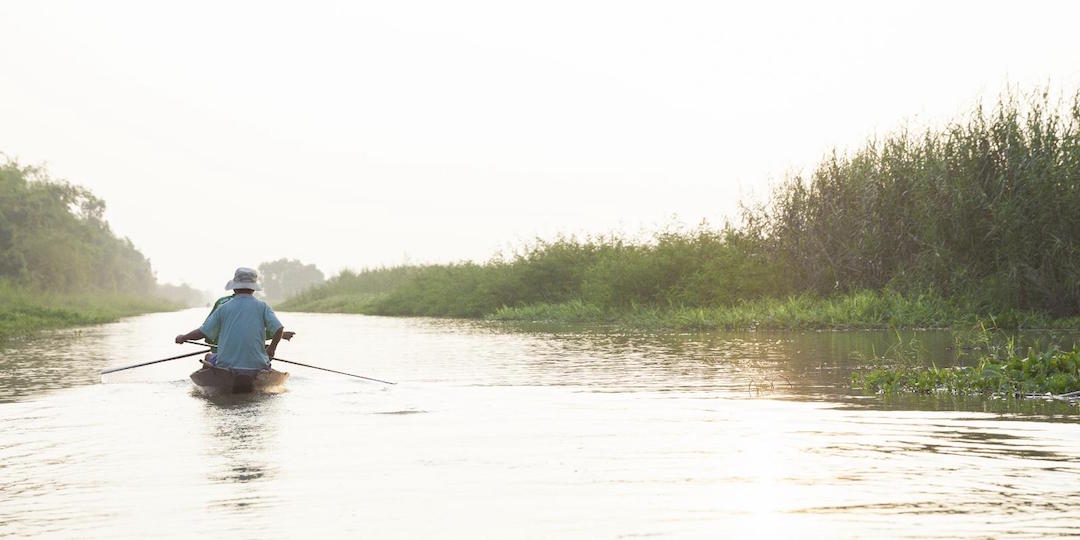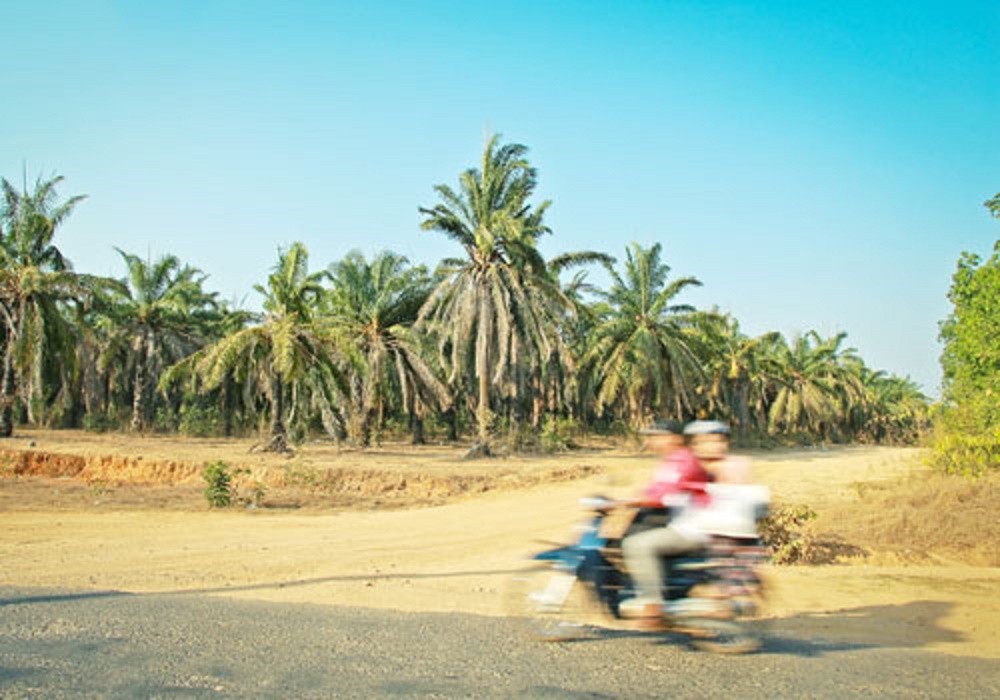On a roadside next to the Nu River, Xiong Xiangnan is trying to sell fish to tourists. He doesn’t look like a traditional fisherman. Xiong sports a pompadour and wears a brown jacket, jeans, and white Crocs, with a money purse slung across one shoulder. As several of his friends stand around smoking, Xiong makes his pitch.
The fish were very hard to catch, he says. The nets must be set at night and checked early in the morning. That’s why he’s charging 240 yuan—about $37—for the biggest trophy in his buckets.
Behind Xiong, the Nu River flows freely, bumbling with rapids, swirling with eddies. Some of this water has spilled down from glaciers on the Tibetan plateau, filling a channel that snakes 1,700 miles (2,736 kilometers) through China, then Myanmar and Thailand, before spilling into the Andaman Sea.


